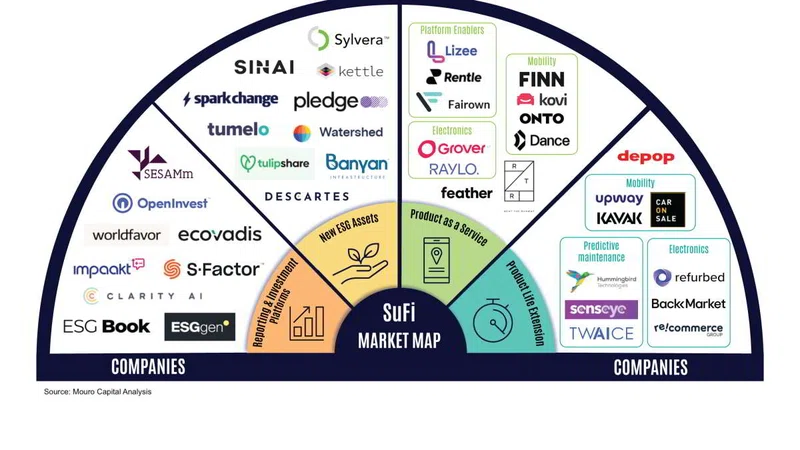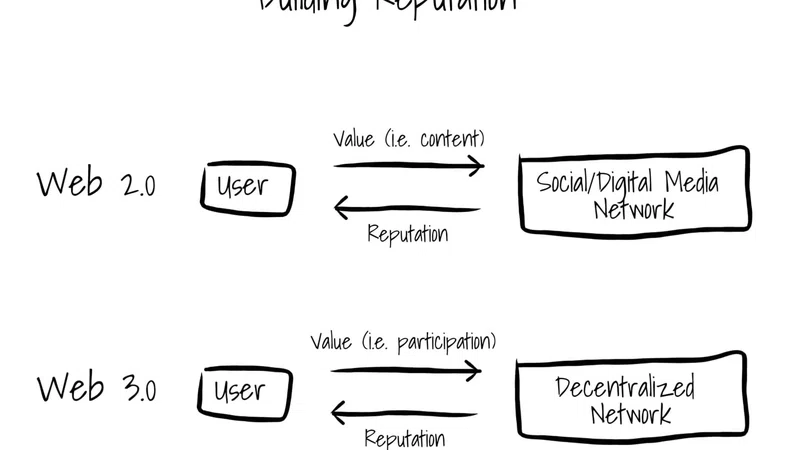Why this story matters
Even banks are tired of the current payment systems. They are looking at instant payments via Zelle to replace credit cards. Crypto payment and conversion technology may pave the way to a new parallel system, but it can’t be built on the same infrastructure.
Our current payment systems are anachronistic. Developed 70 years ago, they are a rat’s nest of credit cards, high fees, middlemen and security flaws, slowing the industry down and driving up costs for businesses and consumers alike.
If we are ever truly going to move to the digital economy – including the ability to purchase using cryptocurrencies – we can’t use existing payments systems as an engine for crypto payment capability. This would be akin to hitching a Tesla to a Model T to get anywhere. Current systems are an encumbrance, and we must modernize and create a new streamlined system that sidesteps the need for our antiquated engine.

Merchants in particular are frustrated – and with good reason. Faced with credit card high fees, they are forced to shuffle data between multiple middle parties, each of whom gets a cut. The constant shuffling exacerbates the fraud risk – the more we move data, the greater the number of parties involved. It’s a recipe for disaster.
Even banks are seeking alternatives to credit cards. In April the Wall Street Journal reported that banks are weighing rolling out Zelle for direct payments to merchants. And last year Amazon unsuccessfully attempted to get rid of VISA from its UK payment line-up.
Some companies hope to carve themselves a niche in a new digital payments economy. But the problem is that even the newer platforms are “bolt-on” mechanisms built on top of the legacy system. For example, Apple’s Tap to Pay service doesn’t actually process any payments. Instead, it simply replaces the hardware that reads credit or debit card numbers. Same system, same disadvantages: fees, lag time, and fraud risk.
Will Crypto drive the change?
A full 20% of adult Americans are now engaged with cryptocurrencies, and there is increasing pressure on retailers, large landlords and service providers to take crypto payment. Will offering crypto payment capability provide the parallel track we need to avoid high fees? Probably not. Companies including Sheetz, CheapAir.com and the Dallas Mavericks, wanting to be hip, and, of course, facilitate payment, all offer crypto payment mechanisms. But these preliminary efforts are “crypto-washing:” indirect, clumsy and not really a crypto payment at all.
Obviously, banks and businesses don’t want to hold crypto – it’s still too volatile. They just want payment, and the nature of crypto makes this difficult. Crypto conversion “services” again introduce high fees, transaction issues, and even greater fraud risk, as such processes continue to use the old legacy payment rails – and less-than-secure crypto exchanges that get hacked weekly.
Venmo, Stripe, and Flexa, for example, have apps for businesses allowing consumers to pay in crypto, but require consumers to 1) open an account with an exchange company 2) start a wallet, and 3) exchange one or two kinds of cryptocurrencies for dollars at high fees. For most businesses, such an arrangement offers no advantage and could even be seen as cost-prohibitive. For the consumer it’s an expensive hassle.
What is really required to make seamless crypto payments
What the business world needs is a platform that sidesteps both our antiquated payment systems and the add-on solutions that now work on top of them. In the medium term, we can have parallel systems, but the key is to build peer-to-peer payment structures that leverage digital economy advantages, including the blockchain’s security, speed, and cost-effectiveness.
This blockchain foundation already exists and has made significant inroads into our digital economy, offering blazing fast transaction times. With such an infrastructure, companies seeking to create new tools and capabilities that support faster and cheaper payment can build seamless applications, including apps for easily converting crypto so that consumers and businesses can use it for real-world and meta-world purchases.
For example, when retailers can accept blockchain-based payments through easy integration of an app on their POS system, those hefty 3% fees can be slashed to a minimum. POS terminal and related software vendors have the installed base and financial motivation to roll out such a solution broadly and derive additional income in the process.
Similarly, a seamless and rapid crypto-to-cash conversion platform such as the one my firm is building can also stimulate sales as consumers seek to use their appreciating cryptocurrency. In our work with the Polygon blockchain, for example, we expect to have a POS-integrated app and platform that matches VISA in volume of transactions per second. However, the key to making such a platform truly useful is not just the acceptance of Bitcoin as a sole convertible currency, but also the ability to convert multiple major cryptocurrencies. Today, as many as 150 cryptos are considered “solid,” meaning they are highly liquid and thus can be sold almost instantly. A crypto conversion platform based on the blockchain can also interface easily with POS systems to make conversion ubiquitous, simple, and inexpensive.
Moving to the modern system
With our current legacy payment system functioning about as well as a Henry Ford-era apparatus, we as customers are forced to pay for inefficiencies and vulnerabilities as we seek to get around a new digital city. Rather than continuing to repair the old engine, it’s time to move to the Tesla.
With the peer-to-peer capability provided by the blockchain that allows direct transactions, and with the development of streamlined payments, crypto-to-fiat conversion, and fast inexpensive purchasing apps, our payment system can thrive. We will be there soon.














